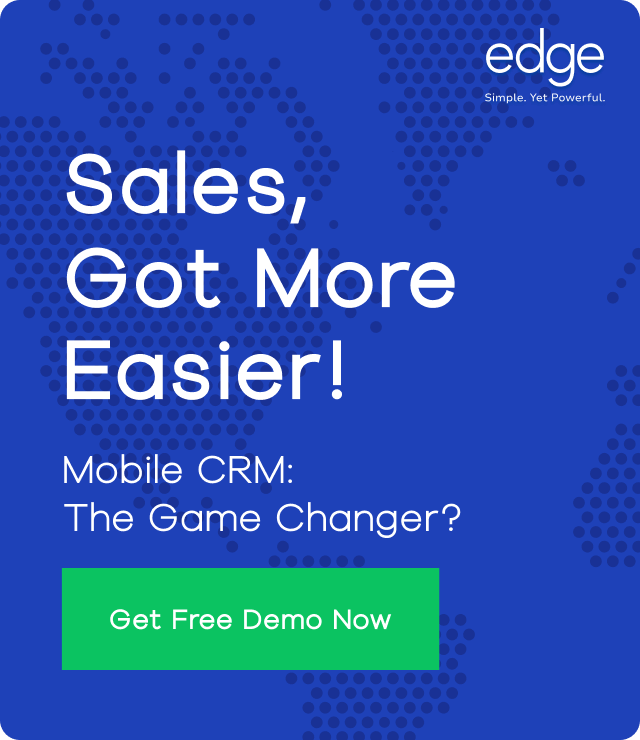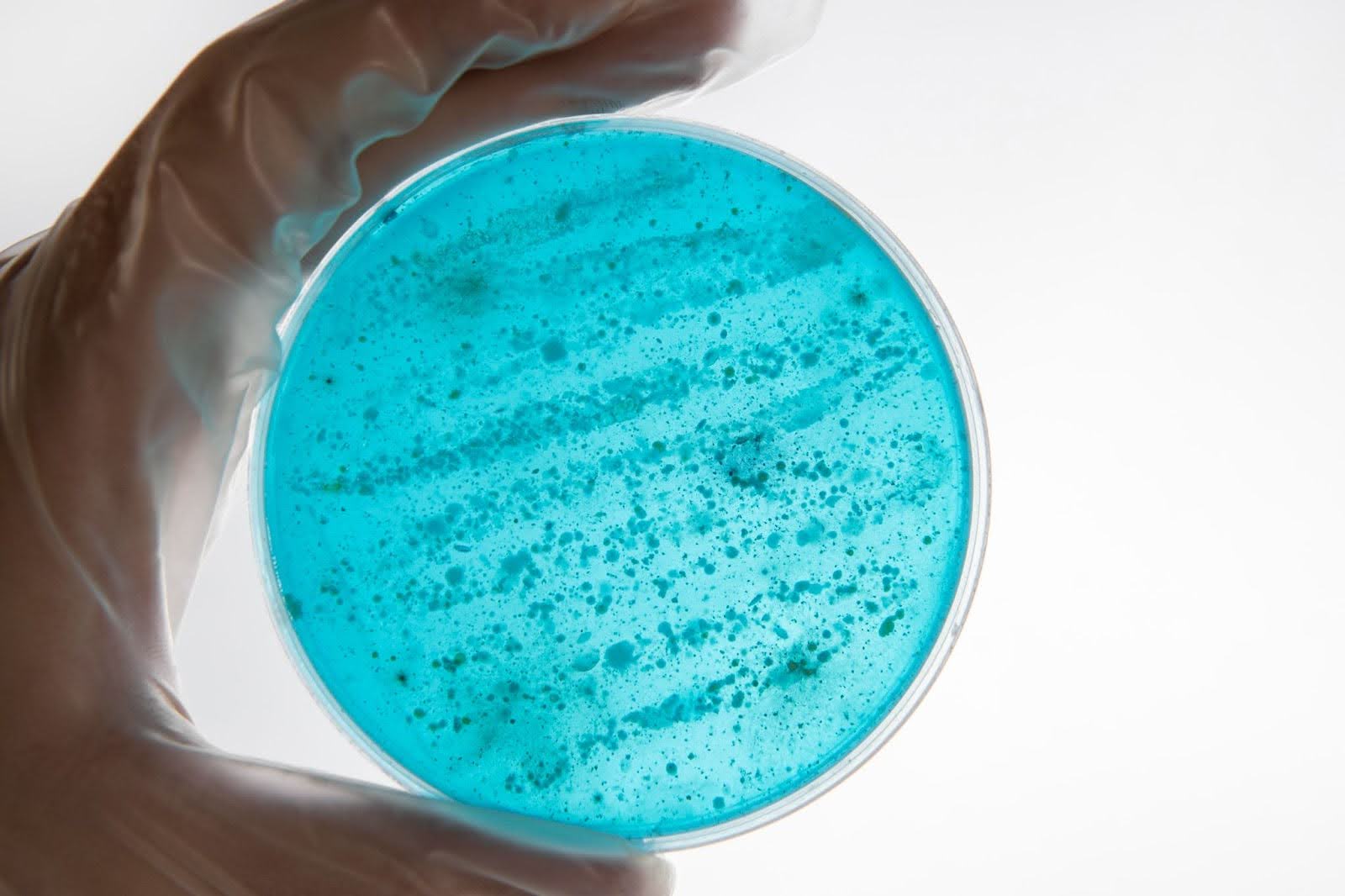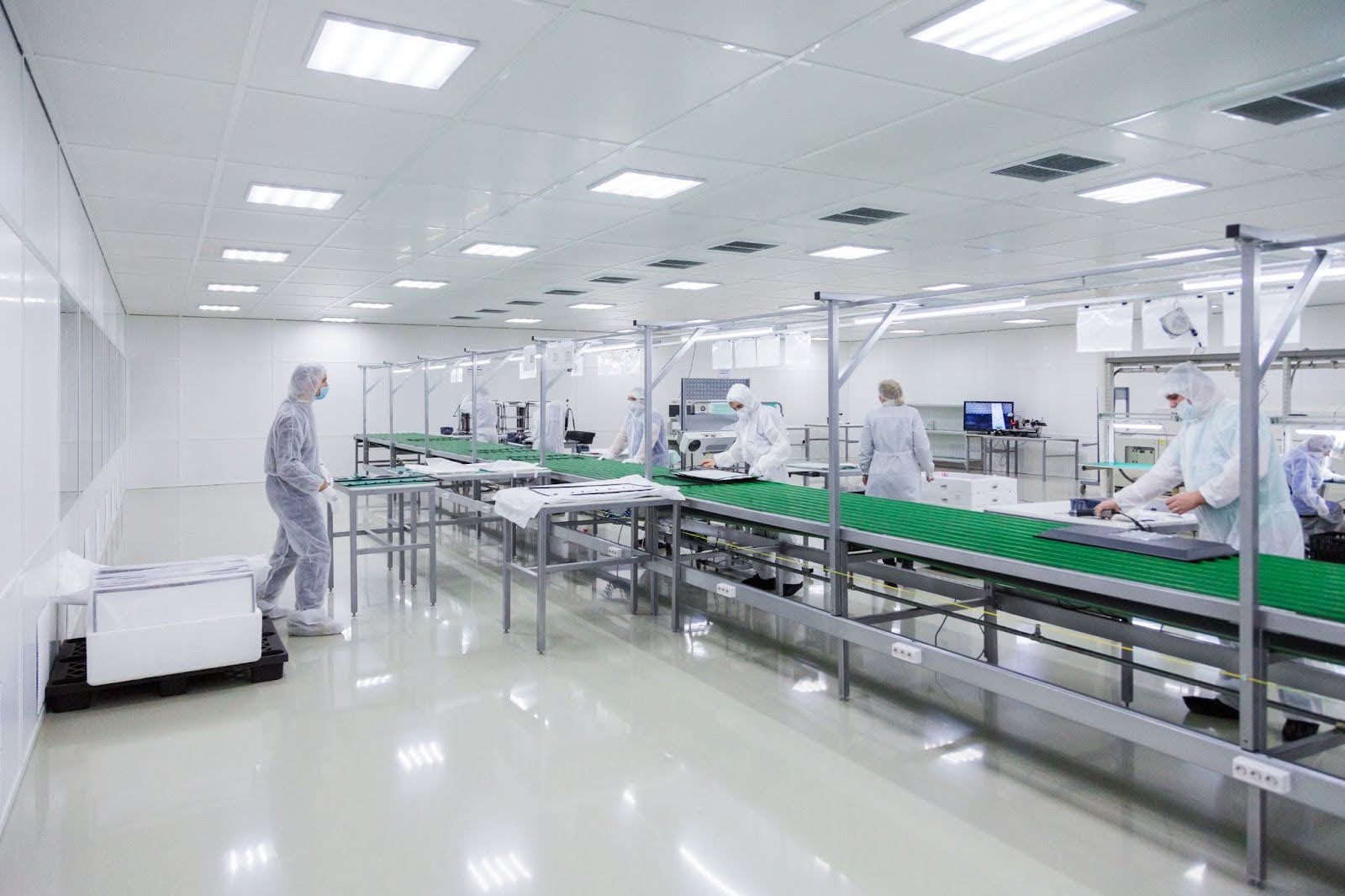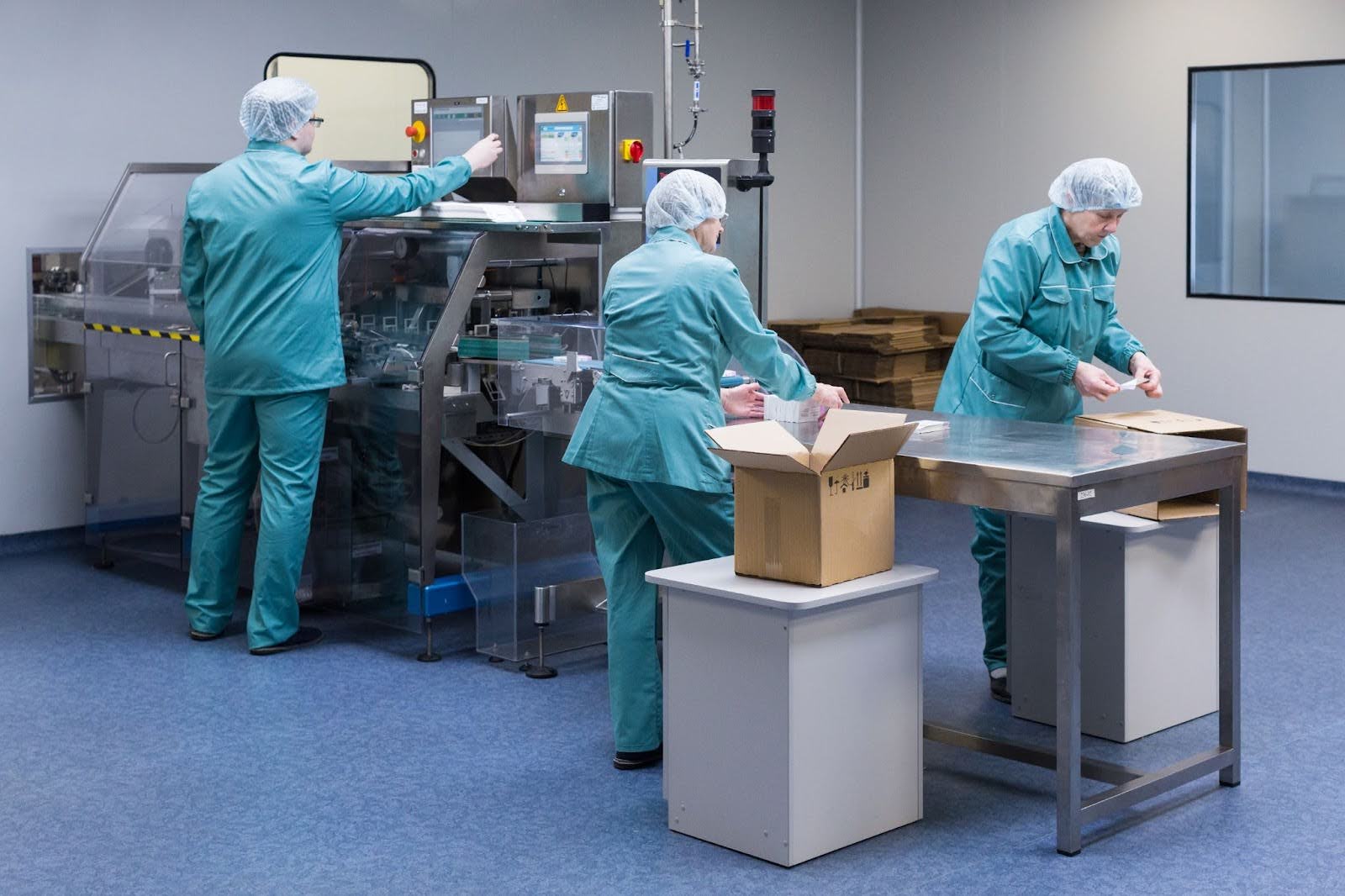by Vaibhavi M.
9 minutes
Real-World RMM Deployments: Lessons & Pitfalls in the Pharmaceutical Cleanroom Industry
Learn how RMMs transform cleanroom contamination control and GMP compliance in pharma manufacturing.
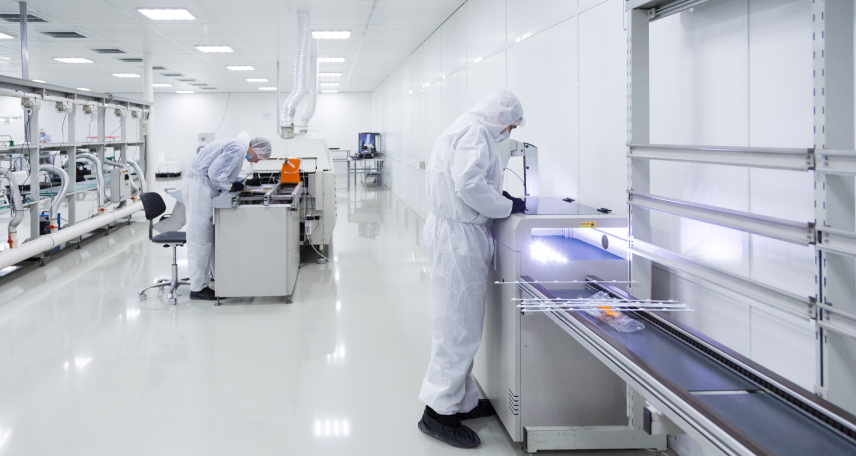
Rapid Microbiological Methods (RMMs) are revolutionizing the way pharmaceutical cleanrooms monitor contamination, validate aseptic processes, and release products more efficiently. However, real-world RMM deployments often face challenges that extend beyond technical feasibility, ranging from regulatory uncertainty to integration issues with existing quality systems. This article explores practical lessons learned from real-world RMM implementations and the common pitfalls companies encounter during scale-up in GMP cleanroom environments.
Understanding RMM in the Cleanroom Context
RMM encompasses automated or semi-automated technologies designed to detect, identify, or quantify microorganisms faster and with greater accuracy than traditional methods. Pairing nonviable particle monitoring in pharmaceutical cleanrooms with RMM data enhances contamination mapping and validates airborne cleanliness in real time.
In cleanrooms, RMM tools can be applied in environmental monitoring (air, surfaces, personnel), in-process testing, or finished product release.
Commonly used RMM technologies include:
- ATP bioluminescence for real-time contamination detection.
- Flow cytometry and solid-phase cytometry for viable particle enumeration.
- qPCR-based systems for microbial identification.
- Microcolony detection and imaging-based systems for visualizing early growth.
The goal of deploying RMM in cleanrooms is not only to achieve faster results but also to enhance process understanding and control contamination in accordance with Annex 1 and FDA aseptic processing guidelines. Complementary surface monitoring in pharmaceutical cleanrooms ensures that RMM data is supported by direct microbial evidence from equipment and work surfaces.
The Promise: Efficiency, Control & Data Integrity
When executed effectively, RMM offers measurable operational and regulatory advantages.
- Faster environmental data turnaround: Cleanroom deviations can be addressed within hours instead of days.
- Reduced product hold times: Real-time bioburden or sterility results accelerate batch release.
- Enhanced contamination mapping: Automated monitoring identifies contamination sources with higher spatial and temporal resolution.
- Improved data integrity: Digital data capture minimizes transcription errors and ensures audit trails in compliance with ALCOA+ principles.
However, realizing these benefits requires more than acquiring an instrument—it involves a systematic implementation strategy aligned with the site’s quality culture, risk management framework, and regulatory expectations.
Insights from Grade A/B excursion investigation strategies help teams interpret RMM alerts and prevent cross-grade contamination incidents.
Lessons from Real-World Deployments
1. Validation is a Multi-Phase Process
Many sites underestimate the complexity of RMM validation. Regulatory bodies expect method equivalence studies to demonstrate that RMM results are comparable, or superior, to conventional methods.
Lessons learned:
- Establish a robust validation master plan (VMP) integrating RMM within the site’s overall validation lifecycle.
- Perform side-by-side comparison studies using environmental samples under routine and stressed conditions.
- Include robust challenge testing with relevant microorganisms representative of cleanroom flora.
Validation is not only a technical requirement but a credibility exercise—showing regulators that the new method can be trusted as part of the quality decision-making process. Understanding the microbiologists’ role in HACCP-based contamination control helps shape validation strategies that link microbial risks with measurable quality checkpoints.
2. Integration with Existing Systems is Key
One of the biggest hurdles is aligning RMM data with existing quality management systems (QMS), laboratory information management systems (LIMS), and cleanroom monitoring workflows.
Lessons learned:
- Plan data flow and system integration early in the project lifecycle.
- Define how RMM results trigger deviation, alert, and action limits comparable to classical methods.
- Engage both IT and QA teams to ensure electronic data is compliant with 21 CFR Part 11 and Annex 11.
Poor integration can lead to parallel systems, where RMM runs alongside traditional methods, nullifying efficiency gains. Implementing closed-system aseptic technologies during integration phases helps maintain data continuity and minimizes open handling in cleanroom workflows.
3. Change Management Drives Adoption
Cultural resistance is often underestimated. Operators and microbiologists may distrust new systems, fearing increased scrutiny or job displacement.
Lessons learned:
- Conduct training sessions and workshops explaining how RMM complements, not replaces, traditional monitoring.
- Involve end users in pilot runs to build familiarity and confidence.
- Communicate early with regulators and internal QA about the rationale and validation strategy.
Without stakeholder buy-in, RMM implementation may stall even after successful technical validation has been achieved. Legacy facilities can apply Brownfield CCS modernization strategies to phase RMM adoption into existing contamination-control frameworks without operational disruption.
4. Defining Alert and Action Levels
Since RMM systems often produce continuous or near-continuous data, defining meaningful alert/action levels is challenging. Unlike plate counts, RMM metrics may not directly correlate with CFU-based thresholds.
Lessons learned:
- Use historical data correlation during validation to translate RMM results into equivalent microbiological risk levels.
- Apply trend-based alerting rather than fixed numerical thresholds.
- Periodically re-evaluate limits as more data accumulates post-implementation.
This adaptive approach aligns with modern contamination control strategy (CCS) frameworks under Annex 1.
5. Supplier Collaboration and Ongoing Support
Vendor engagement does not end after installation. Continuous collaboration ensures that the system evolves with regulatory updates and operational needs.
Lessons learned:
- Select suppliers that offer comprehensive technical documentation, training, and post-validation support.
- Establish service level agreements (SLAs) that include timelines for system upgrades, calibration, and troubleshooting.
- Maintain open dialogue during audits, as regulators may request vendor data or validation studies.
Strong supplier partnerships enhance long-term sustainability and compliance.
Common Pitfalls in RMM Implementation
Even with careful planning, several pitfalls can derail RMM adoption:
- Underestimating validation effort: Failing to plan for equivalence studies or robustness testing leads to regulatory setbacks.
- Lack of stakeholder engagement: Resistance from microbiology teams or QA can create barriers during rollout.
- Incomplete data integration: Disconnected data systems cause inefficiency and compliance risks.
- Ignoring lifecycle management: Post-validation maintenance and requalification are often neglected.
- Insufficient documentation: Missing traceability or deviation handling records can trigger audit observations.
Avoiding these pitfalls requires a holistic approach, treating RMM not as a standalone tool but as a transformation of the contamination control program.
The Regulatory Lens
Both the FDA and the EMA support the use of RMM when it is scientifically justified. Annex 1 (2022) explicitly encourages the use of innovative microbiological methods for faster and more reliable results. However, authorities expect full transparency in validation, traceability, and data handling.
Regulators often look for:
- Detailed method validation reports and comparability data.
- Change control records documenting rationale and risk assessment.
- Training documentation and SOP updates aligned with RMM workflows.
When supported by solid data and documentation, RMM can strengthen regulatory confidence rather than invite scrutiny. Incorporating Annex 1 material-transfer airlock principles complements RMM monitoring by maintaining sterility during product and sample movement.
Conclusion
RMM deployment in pharmaceutical cleanrooms represents a significant leap forward in proactive contamination control and expedited batch release. Yet, the journey from concept to compliance is intricate, requiring scientific rigor, cross-functional coordination, and a robust quality framework.
The lessons from real-world implementations are clear: success depends not only on the technology itself, but also on the validation strategy, data integration, and cultural readiness to adopt digital microbiology. As regulatory frameworks evolve, those who invest in structured, well-documented RMM adoption today will lead the next generation of contamination-free manufacturing tomorrow.
Pairing RMM results with dual-temperature incubation approaches enhances correlation between rapid detection and traditional culture data for full microbial assurance.
FAQs
1. What is RMM in the pharmaceutical cleanroom industry?
RMM (Rapid Microbiological Methods) refers to automated systems that detect and quantify microorganisms faster than traditional culture-based methods.
2. Why are RMM systems used in cleanrooms?
They enable faster contamination detection, improved process control, and quicker batch release in GMP manufacturing.
3. What are common challenges in RMM implementation?
Validation complexity, data integration with LIMS/QMS, and regulatory alignment are major challenges.
4. How do regulators view RMM adoption?
Both the FDA and EMA support scientifically justified RMMs when they are validated and integrated within the site’s quality system.
5. What are the main lessons from real-world RMM deployments?
Thorough validation, stakeholder training, robust data integration, and continuous supplier collaboration are key to success.

